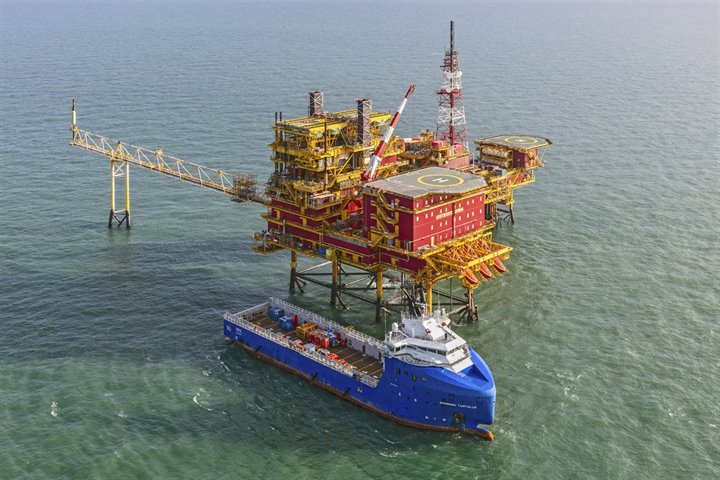Bird migration predictive modelling, threshold and protocol
A lot of knowledge of bird migration patterns is needed to come up with efficient measures. Each spring and autumn, thousands of birds migrate over the North Sea. When do birds start their journey over the sea, precisely; which route do they take; how high do they fly? Knowledge of that type forms the basis for a bird migration predictive model. There must also be a clear procedure to follow: when are measures of this kind triggered, which parties are involved, how long does a particular measure last, how are those involved notified? All of these are questions that have to be formulated clearly. Indeed, the Start/Stop project has many facets.
Development of a bird migration predictive model
The bird migration predictive model predicts which bird migration can be expected at a height of between 25 and 300 metres above sea level on the North Sea and whether the migration will exceed a specific level (the 'threshold'). The model uses data that has been collected by special offshore bird radars before being subjected to various analyses. In addition, the predictive model also uses real-time weather forecast data.
The model is used to predict nights on which large-scale bird migration around offshore wind farms will take place. The periods in which this migration will take place have preliminarily been set for 15 February - 31 May and 15 August - 30 November respectively.

It might seem more logical to prevent bird collisions by shutting down the turbines in real time: i.e. powering down wind farms as soon as the radar detects bird migration. However, if that were to happen at various wind farms at the same time, this would create a situation of instability in the energy grid. That must be prevented. So the option chosen in this project is a forecast model, in which a window of 48 hours is used to predict a potential migration. The owners of the wind farm thus have 48 hours' notice of the fact, at which point they can pass on their energy production to network operator TenneT. That 48-hour window is the amount of time that TenneT needs to guarantee stability of the energy supply.
Bird migration expert team
In addition to the predictive model, the Start/Stop project uses a group of bird migration experts that applies expert judgement to review the modelling results. The expert team (solely in the event of a bird alert) assesses the likelihood of a large-scale migration per part of each day. In other words, the team uses its own expertise to assess whether the predictive modelling for the wind region in question could, indeed, be right. Only once the expert team is unanimously of the opinion that the model's bird alert appears to be in order can the bird alert be said to have been tested. In all other cases it will be interpreted as a false alarm.
Ascertaining the threshold
The Minister of Agriculture, Nature and Food Quality (LNV) ascertains the limit value - or threshold - of what is taken to be 'mass bird migration' over the North Sea. That threshold establishes the number of birds/km/h, above which it can be said that migration has reached its peak and that turbines should be shut down.
Developing a protocol for shutdown
The shut-down protocol (bird curtailment) gives an exact description of the action structure and the persons responsible for administering this, so that the wind turbines can be brought to a standstill with due care and attention. The protocol comes into effect as soon as the bird migration predictive model indicates that the level of migrating birds has passed the limit value. A bird curtailment may be issued each hour.